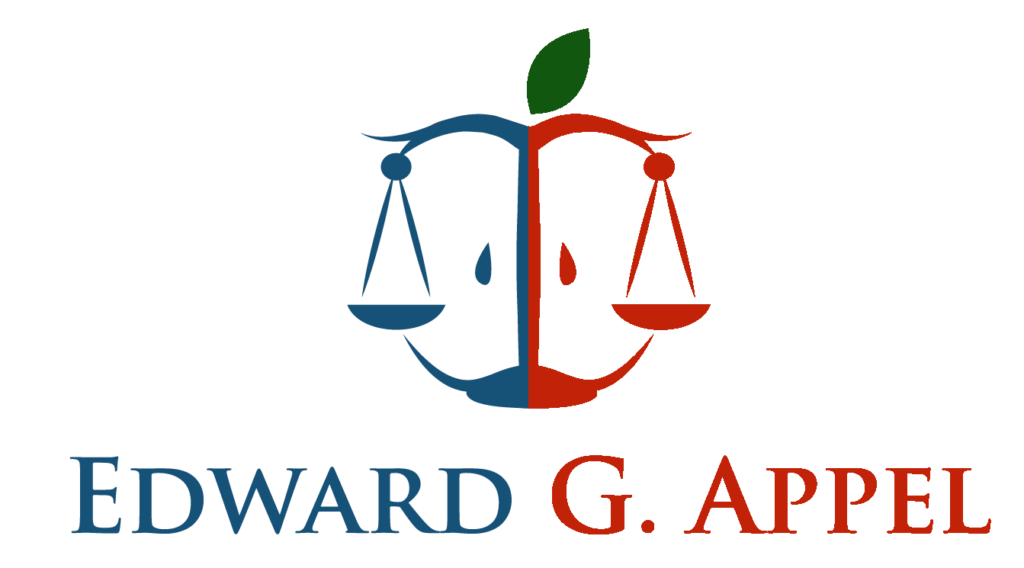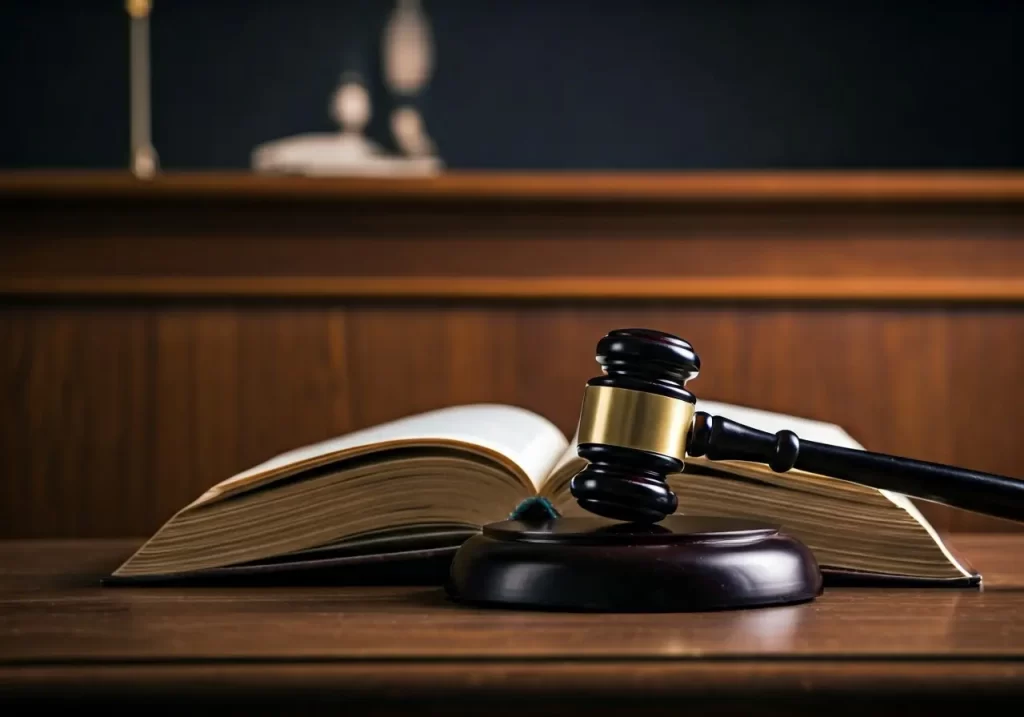Navigating the complexities of criminal defense can be daunting, both for the defense team and the defendant. A successful defense strategy is built on a foundation of critical elements that guide the process. In this blog, we’ll explore ten essential components that contribute to an effective criminal defense strategy.
1. Thorough Understanding of the Charges
Before devising a strategy, understanding the specific charges is crucial. This involves analyzing the legal definitions and potential penalties involved, setting the groundwork for an informed defense. Challenges can arise if the defendant is unclear about the key elements of the charges. Therefore, beginning with a comprehensive review of the charges ensures that both the attorney and the defendant are on the same page. It helps in anticipating the prosecution’s approach and tailoring the defense accordingly.
Having an expert legal understanding can also aid in spotting any discrepancies in the charges laid. These discrepancies can sometimes form the basis of a strong defense, especially if they point to a potential overcharge or misinterpretation of the law by the prosecution. Key insights into the allegations can allow for strategic planning and effective counterarguments, potentially leading to charge reductions or dismissals.
2. Comprehensive Evidence Gathering
Collection of evidence is indispensable in building a robust defense case. It encompasses physical evidence, testimonies, and even electronic records that could either support the defense or undermine the prosecution’s claims. Meticulous documentation of the evidence can uncover potential errors or biases, providing avenues to weaken the prosecution’s narrative.
Moreover, engaging forensic experts early can be critical in validating or challenging evidence. This is particularly important in cases involving technical evidence like digital data or scientific analysis. For instance, working with specialists might reveal issues with evidence handling or interpretations that could be leveraged in court.
Connecting the dots through evidence is often like assembling a complex puzzle. Each piece, no matter how small, plays a part in the bigger picture. Identifying overlooked or misinterpreted evidence is thus paramount, especially when reconstructing events or establishing alibis.
3. Effective Witness Management
Witnesses can make or break a case, and effective management of witnesses can solidify a defense strategy. It starts with identifying potential witnesses who can offer relevant insights or testimony. Early interaction with witnesses can help attorneys gauge their reliability and the potential impact of their statements on the case.
Preparing witnesses for what to expect during a trial is equally necessary. This preparation ensures that they present their testimony clearly and confidently. Moreover, fostering comfortable and communicative interactions allows for uncovering more nuanced details which might otherwise be overlooked.
Counsel should also anticipate possible attacks on witness credibility from the opposition. By understanding each witness’s strengths and weaknesses, a legal team can craft a narrative that minimizes potential damage and strengthens the overall defense.
4. Crafting a Persuasive Narrative
In court, the power of storytelling can be compelling. Crafting a persuasive narrative involves more than simply presenting facts; it’s about weaving them into a coherent and relatable storyline. This narrative should encapsulate the defendant’s perspective, highlight key evidence, and logically undermine the prosecution’s claims.
A well-constructed narrative can humanize the defendant, creating empathy and understanding from the judge or jury. It can also frame the context in a way that casts doubt on the prosecution’s version of events. This is particularly effective when addressing sensitive issues or where public sentiment may play a role in the trial’s proceedings.
5. Meticulous Review of Legal Precedents
Legal precedents are past judicial decisions that offer guidance and insights into how similar cases have been handled. They are an essential part of formulating a defense, providing potential loopholes or supportive arguments. Analyzing these precedents can reveal strategies that were effective in past defenses and can be adapted to fit current cases.
Furthermore, understanding how recent changes in the law might influence the case is crucial. Precedents are not static; they evolve with new rulings and interpretations. Keeping abreast of these changes can prevent surprises in the courtroom and ensure a defense is based on the most current legal standards.
6. Strategic Plea Bargaining
Sometimes, negotiating a plea deal is the best course of action in the face of overwhelming evidence or a complex legal environment. Strategic plea bargaining involves understanding the strengths and weaknesses of the case to negotiate terms beneficial to the defendant. This might involve reducing the severity of charges or mitigating potential penalties.
The decision to pursue a plea bargain should consider all possible outcomes. It requires a careful balance of risk versus reward and ensuring that the defendant understands all implications. Effective bargaining can sometimes turn a dire situation into a manageable outcome, emphasizing the importance of skilled negotiation.
7. Rigorous Pretrial Motions
Pretrial motions are critical in shaping the contours of a trial. Through these motions, attorneys can dispute the admissibility of certain evidence, like confessions or search results, possibly leading to crucial evidence being excluded. This can radically alter the prosecution’s ability to prove guilt beyond a reasonable doubt.
Moreover, effective use of motions can lead to the dismissal of all or part of a case before it even reaches trial. This is particularly potent when challenging the legality of the arrest process or any procedural misconduct that might have occurred.
8. Choosing the Right Type of Trial
Deciding whether to opt for a bench or jury trial is a decision steeped in strategy. Each has its own advantages and contexts where they might be more favorable. For example, a bench trial might be suitable for legally intricate cases where a judge’s expertise would be paramount, whereas a trial by jury could be beneficial if the defense’s narrative might resonate on an emotional level with jurors.
9. Utilizing Expert Testimonies
Expert witnesses can be game-changers in a defense strategy. They provide an authoritative voice on complex topics, translating technical jargon into understandable evidence that can corroborate aspects of the defense. This is particularly useful in cases involving specialized knowledge, such as forensic science or digital evidence.
These witnesses add a layer of credibility to the defense’s claims, making intricate parts of the case accessible to the judge and jury. The right expert can effectively challenge the prosecution’s evidence, opening up new angles for defense.
10. Developing a Strong Closing Argument
The closing argument is the defense’s final opportunity to synthesize the evidence and establish the narrative that has been crafted throughout the trial. This argument should focus on emphasizing reasonable doubt, highlighting inconsistencies in the prosecution’s claim, and reinforcing the credible elements of the defense.
A compelling closing can leave a lasting impression, potentially swaying undecided jurors. It’s about distilling the trial into essential conclusions, urging the court to adopt the defense’s perspective and deliver justice in favor of the defendant.


